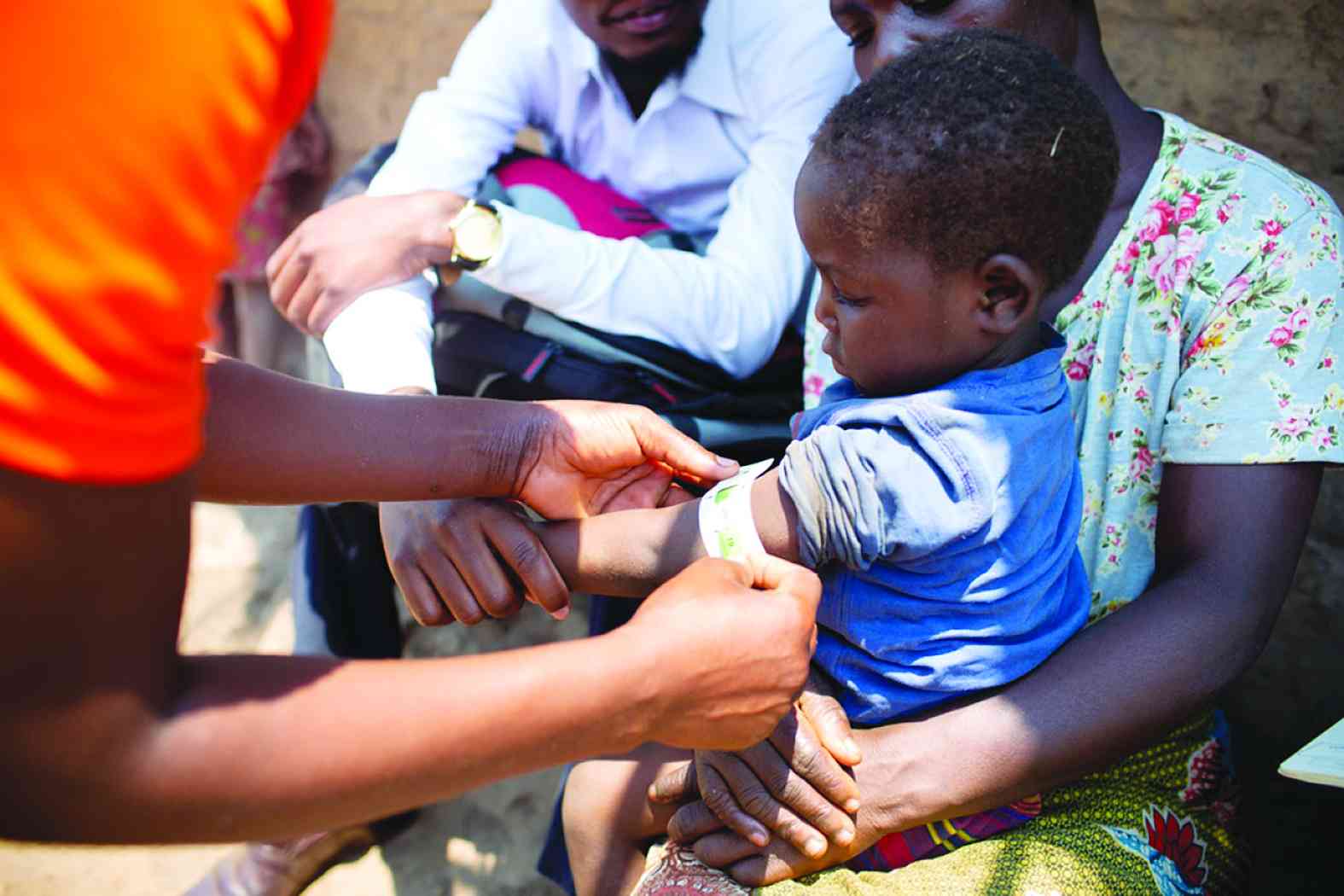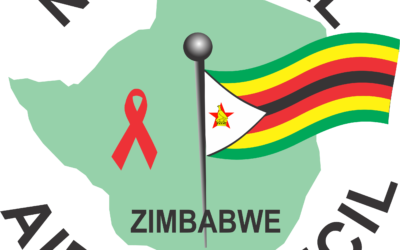
INTERNATIONAL social enterprise fundsforNGOs, which offers knowledge and skills to non-governmental organisations (NGOs), companies and individuals worldwide, has released a document giving guidelines on how members of the civic society can apply for grants to help in the fight against child malnutrition.
The organisation says child malnutrition is a pressing issue in Zimbabwe, affecting the health and development of countless children across the nation. Malnutrition can manifest in various forms, including undernutrition, stunting, wasting, and micronutrient deficiency.
These conditions not only hinder physical growth, but also impair cognitive development, leading to long-term consequences for affected children.
In a country where economic challenges and food insecurity are prevalent, the fight against child malnutrition is more critical than ever.
The impact of malnutrition extends beyond individual health; it poses significant challenges to the nation’s overall development.
Children who suffer from malnutrition are more susceptible to diseases, experience lower educational achievements and are less likely to contribute positively to society as adults.
Addressing this issue is essential for breaking the cycle of poverty and ensuring a healthier future for Zimbabwe.
According to Unicef’s Multi-hazard Situation End-Year Report (January-December 2024), Zimbabwe is facing one of the worst droughts in 40 years, affecting an estimated 50% of the population (about 7,6 million people), including 3,5 million children.
- Mavhunga puts DeMbare into Chibuku quarterfinals
- Bulls to charge into Zimbabwe gold stocks
- Ndiraya concerned as goals dry up
- Letters: How solar power is transforming African farms
Keep Reading
“The impacts of the El Niño-induced drought continued to worsen up to early 2025, leading to increased moderate and life-threatening severe malnutrition, disease outbreaks and health issues among children. Furthermore, food insecurity exacerbates poverty, vulnerability and risks of school dropouts, gender-based violence and exploitation of children,” the report read.
The 2024 Zimbabwe Livelihoods Assessment Committee results highlighted a significant increase in food insecurity from 26% to 57% and child wasting from 4,1% to 4,9% between 2023 and 2024, particularly in rural areas.
Under the World Food Programme Lean Season Assistance programme with nutrition initiatives, such as care groups and mid-upper arm circumference (MUAC) screening for children under five years of age, in 2024, over 3,1 million children (1,7 million girls and 1,4 million boys) aged between 6-59 months were screened for wasting.
From the figures, 15 155 children aged 6-59 months (8 375 girls and 6 780 boys) were referred and treated for wasting, against the annual target of 848 093.
The figures paint a gloomy picture for children on the African continent and recent statistics show that approximately one in three children under five years old in Zimbabwe suffers from stunting due to chronic malnutrition.
Moreover, many children suffer from wasting, a severe form of malnutrition characterised by rapid weight loss or failure to gain weight.
There are underlying factors to these conditions, such as poverty, inadequate access to nutritious food and limited healthcare services.
Also contributing to the persistence of child malnutrition in Zimbabwe is economic instability, which has led to high levels of food insecurity, making it difficult for families to access sufficient nutritious food, according to fundsforNGOs.
Hence, one of the most effective ways to address child malnutrition is through nutritional education and support programmes, for which NGOs are urged to apply for funding.
These initiatives aim to empower caregivers with knowledge about proper nutrition and healthy eating practices.
NGOs can help to foster a culture of healthy eating within communities by creating an environment where nutritious foods are prioritised.
Ultimately, these programmes can lead to improved dietary habits and reduction in malnutrition rates among children.
The organisations can also hold workshops and community meetings to share this vital information.
In addition to education, support programmes can offer practical assistance, such as cooking demonstrations and meal planning sessions.
These activities can help families to learn how to prepare nutritious meals using locally-available ingredients.






